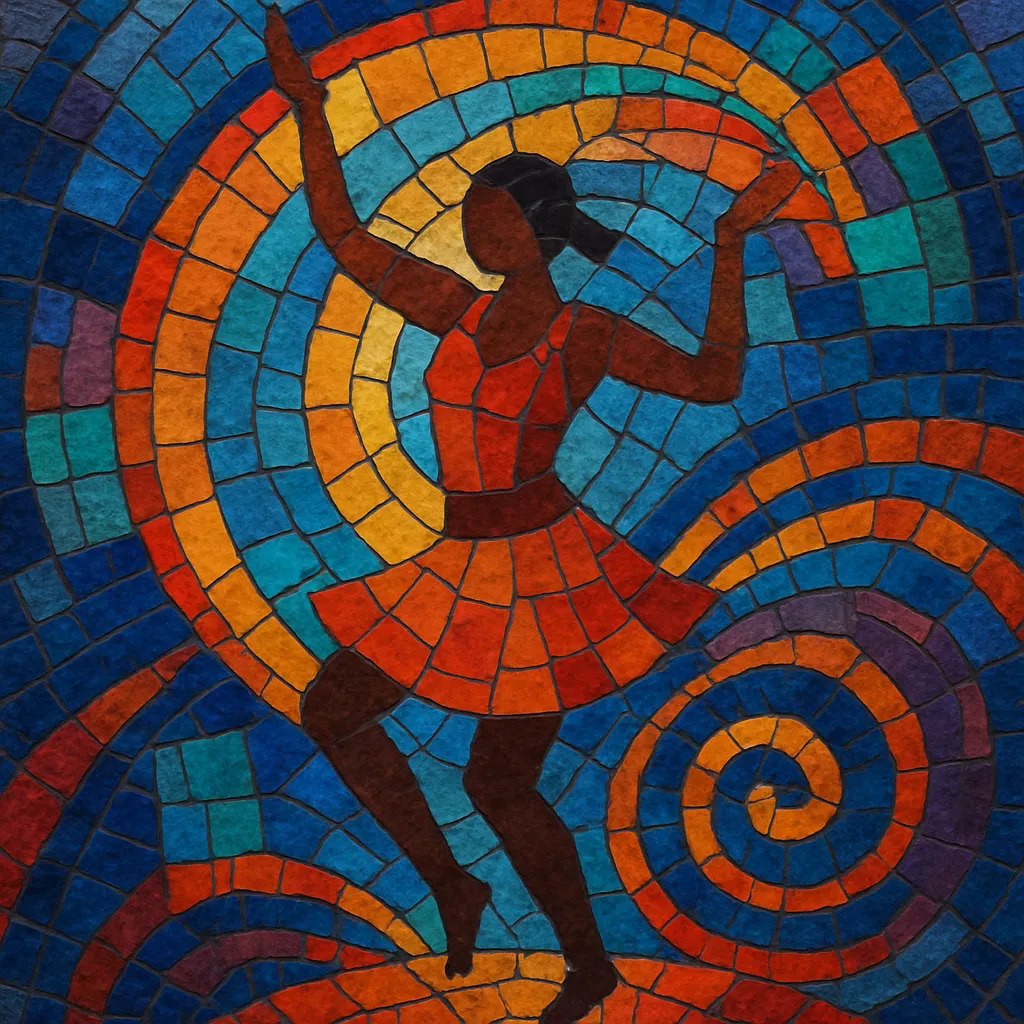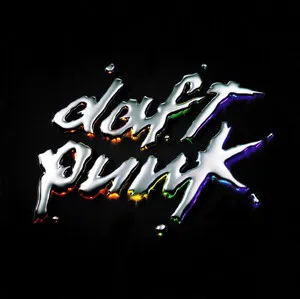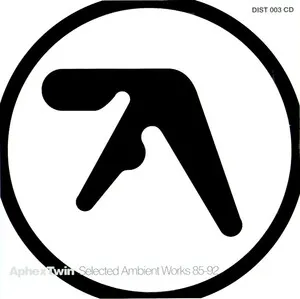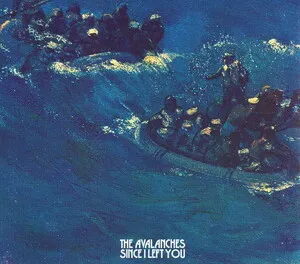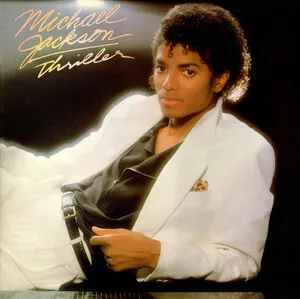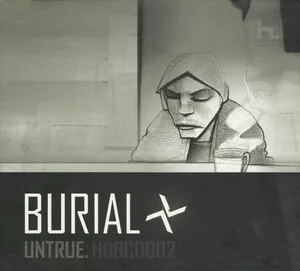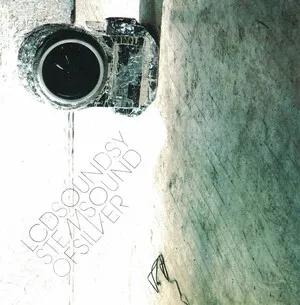Dance (as a broad, mainstream club- and radio-oriented style) is pop-leaning music designed primarily for dancing, characterized by steady, driving beats, catchy hooks, and production that translates well to nightclubs and large sound systems.
It emerged after disco, blending four-on-the-floor rhythms with electronic instrumentation and pop songwriting, and it continually absorbs elements from house, techno, Hi-NRG, synth-pop, and later EDM. Tempos commonly fall between 110–130 BPM, vocals often emphasize memorable choruses, and arrangements are structured for both club mixing and mass appeal.
Dance as a mainstream style grew out of disco’s dominance in the 1970s. Producers and DJs extended grooves for the dancefloor, while vocalists and songwriters delivered pop-facing hooks. As disco’s influence spread globally, the template of a steady four-on-the-floor kick, syncopated bass, and lush production became the foundation of what would be called “dance” music in charts and record stores.
After disco’s commercial backlash in the late 1970s, dance music persisted in clubs. Post-disco, boogie, Italo-disco, Hi‑NRG, new wave, and synth-pop introduced drum machines, sequencers, and brighter synthetic textures. Parallel club scenes in cities like New York, Chicago, and London fed into a broader “dance” market, with 12-inch singles, remixes, and DJ culture shaping how tracks were produced and promoted.
House, techno, and Eurodance ideas blended with pop songwriting, pushing dance into the global mainstream. Radio and music television embraced big hooks, while extended mixes served DJs. This era cemented the dual identity of dance: highly functional for clubs yet crafted to top charts.
As digital production and festival culture expanded, dance assimilated elements from electro house, trance, and later EDM. Super-producers and vocalist collaborations dominated charts, and the genre’s sonic palette broadened—sidechained synths, supersaws, and stadium-sized drops coexisted with classic four-on-the-floor grooves and disco revivalism.
Dance continues to be a flexible pop-meets-club framework, embracing disco and house revivals, modern techno sheen, and global rhythmic influences. Streaming-era playlists and social media accelerate the spread of dance aesthetics across pop, hip hop, and Latin music, ensuring its continued centrality in nightlife and mainstream culture.

